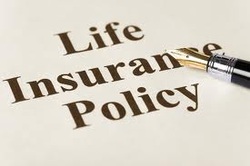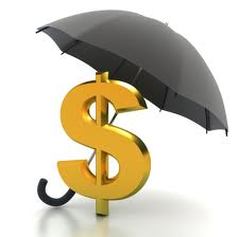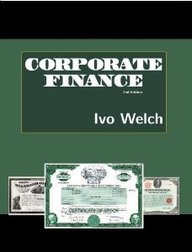
A. Treasury Inflation-Protected Securities (TIPS) was designed to deal with inflation, its interest payments increase with inflation.
For retirees, you already have a powerful weapon against inflation - social security payment - it's adjusted with inflation. Therefore, you can include portion of your investment in TIPS, but don't put too much into it, because like regular bonds, when interest rates go up, TIPS' prices will go down, in fact, right now some TIPS' real yield is negative! So unless inflation goes up, your investment in TIPS will be a disappointment.
Are there any good weapons to deal with inflation? Yes, the answer hinges on what kind of inflation you are fighting against.
There are two types of inflation -
Expected inflation - such inflation is long term oriented, to deal with it, dividend-paying stocks and REITs are good choices.
Unexpected inflation - this is a sudden rise of short-term inflation (like in 1970's and 1980's), it doesn't last long, but the impact on retirees are significant. To deal with it, commodities or gold are good choices, because typically commodities and gold's price will rise during such period.






















 RSS Feed
RSS Feed
